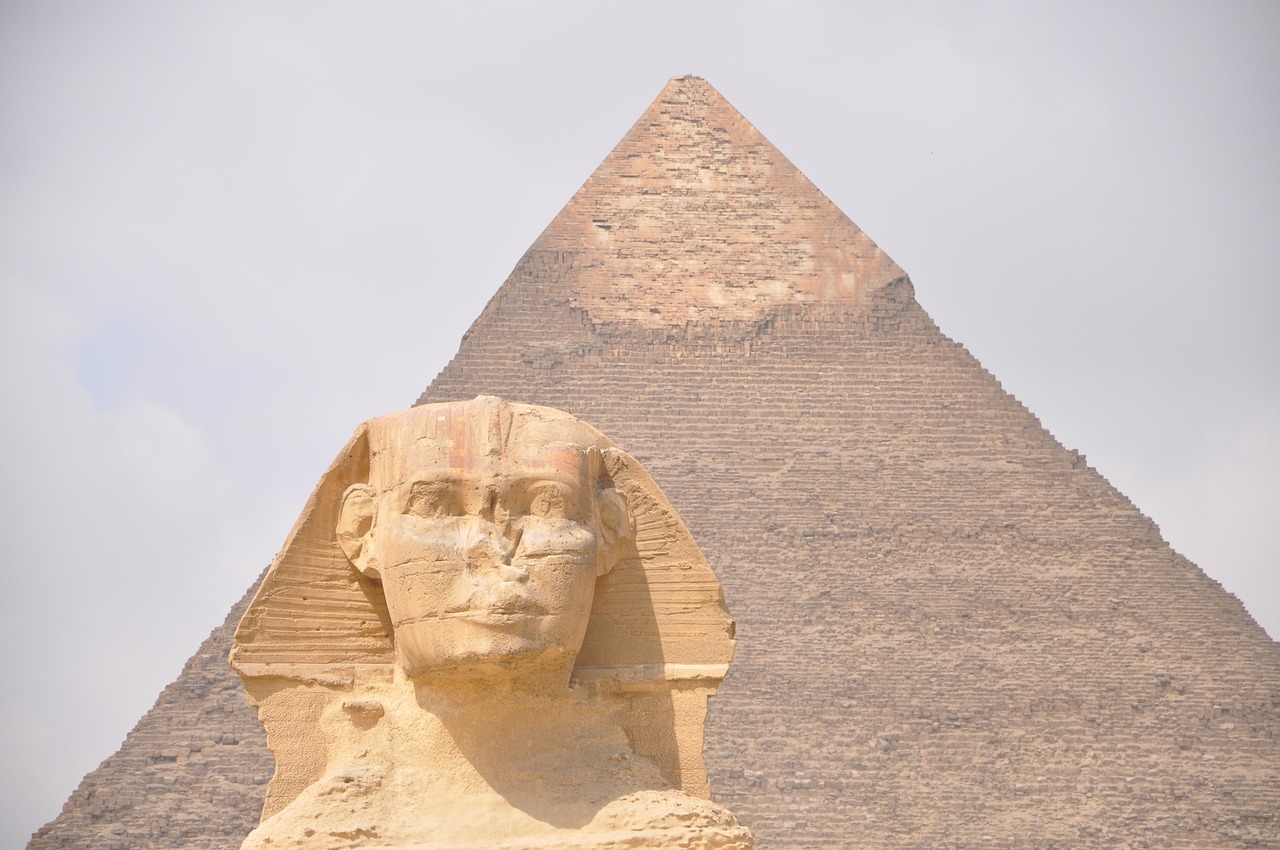Hathor, an ancient Egyptian goddess, has long been admired as a complex figure in mythology. She is sometimes linked to other deities, including Isis, and even Sekhmet, but ultimately emerged as a principal goddess from whom other figures derived. Visually, Hathor is often represented as a woman with cow features, such as a cow’s head or ears, and occasionally depicted purely as a cow.
As Hesat, a specific manifestation of Hathor, she is characterized by her pure white cow form, symbolically carrying food on her head while producing milk. Hathor’s ties extend to the divine cow Mehet-Weret, a celestial goddess connected with the Nile’s floodwaters that enriched the Egyptian landscape.
Her significance in mythology positions her as the mother of Ra, the sun god, who journeyed across the night sky in a barge that traversed the underworld. The name Hathor translates to “Domain of Horus” or “Temple of Horus,” which speaks to two main ideas: the rejuvenation of a deceased king within the sky and the myth where Horus, as the sun, would enter Hathor’s mouth nightly, only to emerge with dawn. This connection emphasizes themes of rebirth, inspiration, and illumination. Her heavenly identity also links her with Venus, regarded as the evening and morning star.
A notable aspect of Hathor’s worship is the sistrum, her divine instrument used to dispel negativity and encourage positive feelings. Historically, she served as the goddess of joy, celebration, and love, paralleling figures like Aphrodite and Venus in Greek and Roman traditions. From very early on, Hathor embodied aspects of femininity and health, leading women to identify with her after death; she became a symbol of afterlife hope, much like Osiris had been for everyone.
Hathor was revered for her roles as mother, companion, and daughter of the creator god, showcasing a duality that embraced both benevolence and ferocity. She was most commonly depicted as a beautiful woman adorned with a red solar disk atop cow horns, with the red disk itself foreshadowing attributes that would be later adopted by Isis, a goddess who gradually eclipsed Hathor’s prominence.
In her early representations, Hathor was often perceived as a fierce deity, at times delivering divine retribution. This initial image of Hathor was shaped by narratives like The Book of the Heavenly Cow from the Middle Kingdom, encapsulating a tale where Ra, angered by human ingratitude, unleashes Hathor to wreak havoc. Ultimately, as she transformed into Sekhmet, her destructive capabilities were curtailed by the king of gods, who found a way to soothe her ferocity, illustrating her eventual role as a nurturing deity.
Worship of Hathor reached its zenith at Dendera, with practices showing a surprising gender inclusivity in her priesthood. Unlike many other deities who required same-sex clergy, Hathor’s followers could be either men or women. While her healers and devotees focused on her role in guiding souls in the afterlife, they also honored her as an essential force of kindness.
The Seven Hathors, lesser goddesses associated with Hathor, played roles in shaping human destinies, particularly at birth. Over time, she transitioned from representations of a cow to various forms reflecting her complexity, culminating in images of a woman with distinct cow features.
The narrative of the “Distant Goddess” also intersects with Hathor’s evolution, capturing her transformation into a wild cat to evade Ra’s pursuits. This goddess not only represents transformation but links closely with gender dynamics in Egyptian myths, emphasizing feminine power and its relation to creation.
Hathor’s portrayal in myths—including her significant involvement in The Osiris Myth—further emphasized her relevance. After Set killed Osiris, Hathor played a pivotal role in nurturing the reborn Osiris’s son, Horus. Her intervention often balanced a narrative steeped in confrontation and resolution, where her capacity to bring harmony stood out.
Hathor is also central to the Eye of Ra, a concept symbolizing balance in creation mirrored in her association with femme deities. This connection is profound in ancient texts, noting that, as the Eye of Ra, Hathor embodies the active and potentially destructive forces of the cosmos before representing life and harmony.
As a nurturer of humanity, Hathor’s roles extended into the afterlife, where she guided spirits and offered gifts of sustenance. Her identity as the milk-provider and the celestial Nile was celebrated in rituals, where her nurturing qualities were aligned with the prosperity of both the living and the dead. The Five Gifts of Hathor, symbolically depicted through the fingers of one’s left hand, served to enhance gratitude and humility among her followers as acknowledgment of her all-encompassing benevolence.
Throughout Egypt’s extensive history, Hathor retained an unwavering presence, exemplifying the values of service, motherhood, and protection, along with an enduring grace that touched all aspects of existence, from life to eternity.



